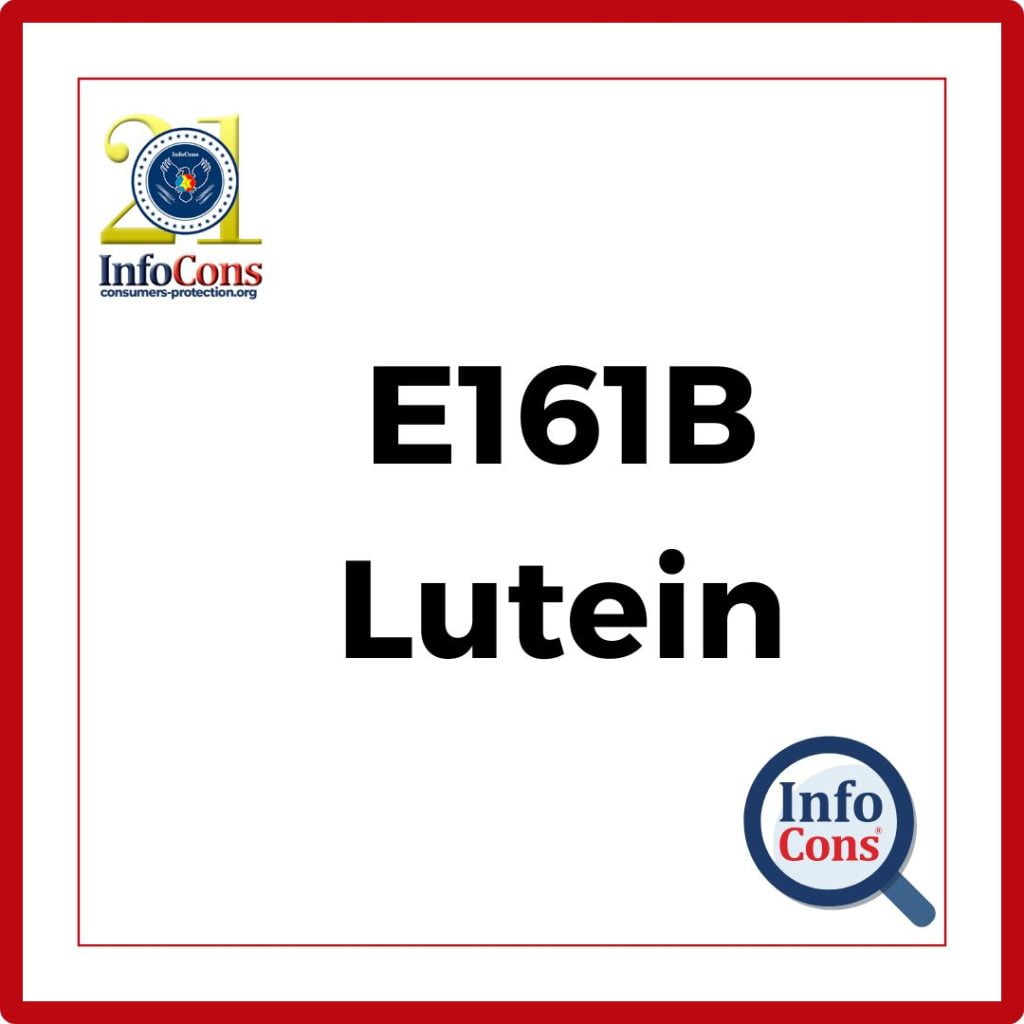 What is Food Additive E160D?
What is Food Additive E160D?
E160D, also known as lycopene, is a natural food additive commonly used for its vibrant red color, derived from tomatoes. This carotenoid, responsible for the red color of many fruits and vegetables, has attracted significant interest due to its potential health benefits and widespread use in the food industry.
This is why tomatoes have their characteristic red hue.
But lycopene offers more than just the red color, it is known for its antioxidant properties and potential health benefits.
The food additive E160D has the molecular formula C40H56.
Read Also – E160C – Capsanthin (Paprika)
What is the Recommended Daily Dose ?
E160D is considered safe for consumption by the European Food Safety Authority (EFSA) and the U.S. Food and Drug Administration (FDA). It is approved for use as a food additive within specified limits as part of a balanced diet.
Lycopene (E160D) is authorized as a food additive in the European Union for use in multiple food categories, and according to EFSA, an acceptable daily intake of 0.5 mg/kg body weight per day has been established.
Read Also – E155 Brown HT
In Which Products is the E160D Additive Found ?
The main natural source of lycopene is tomatoes. In fact, tomatoes and tomato-based products contribute to over 85% of the dietary intake of lycopene in the human diet. According to NCBI (National Center for Biotechnology Information), other significant sources include:
- Watermelon: A refreshing summer fruit with significant lycopene content.
- Pink Grapefruit: Known for its tangy taste and pink hue, which is due to lycopene.
- Papaya: An exotic fruit that contributes a smaller but notable amount of lycopene.
E 160D is widely used as a food coloring, primarily due to its natural origin and attractive red color. It is found in a wide range of food products, including:
- Processed Foods: Added to sauces and soups to enhance their color and appeal.
- Beverages: Used in fruit juices and drinks to provide a natural red hue.
- Dairy Products: Lycopene can be found in fruit yogurts and dairy-based desserts to impart a red color.
- Confectionery Products: Used in sweets and candies.
Read Also – E160B – Annatto
Contraindications and Risks
The acceptable daily intake for lycopene has been established to help regulate its use in food products. It is important to note that lycopene from natural sources, such as tomatoes, is generally considered safe even in larger amounts, as it is a common component of a healthy diet.
As with any ingredient, moderation is key. If you are concerned about the amount of food additives in your diet, it is always a good practice to check food labels and choose products that limit artificial ingredients.
As consumer demand for natural ingredients continues to grow, E160D plays an increasingly important role in both the food and health sectors.
By installing the application developed for consumers protection, InfoCons app, and scanning the barcodes of food products, you can find out the number and type of food additives used.
Author – Cosmina Nițu
Master in Nutrition – Infant and new born nutrition
Sources:
www.efsa.europa.eu -European Food Safety Authority (EFSA)
https://www.ncbi.nlm.nih.gov/- National Center for Biotechnology Information
InfoCons – European Organization for Consumers Protection and Promotion of Programs and Strategies , a full member of the World Organization Consumers International, founding member of the Federation of Consumer Associations, and member of ANEC.